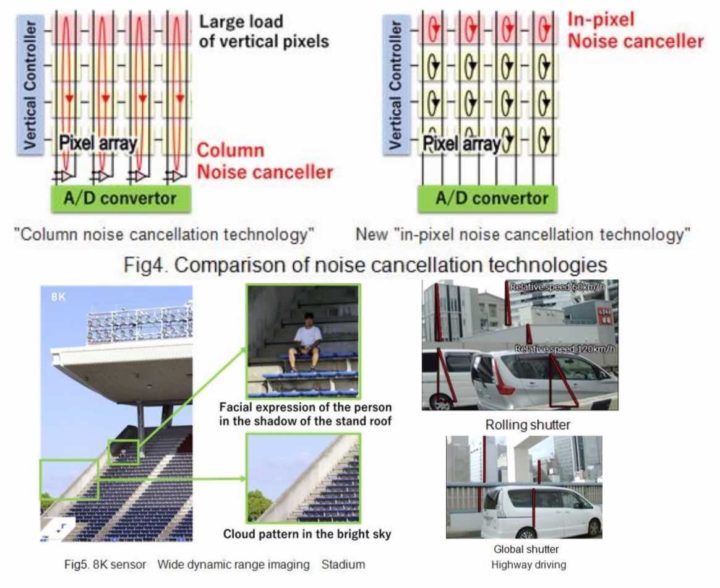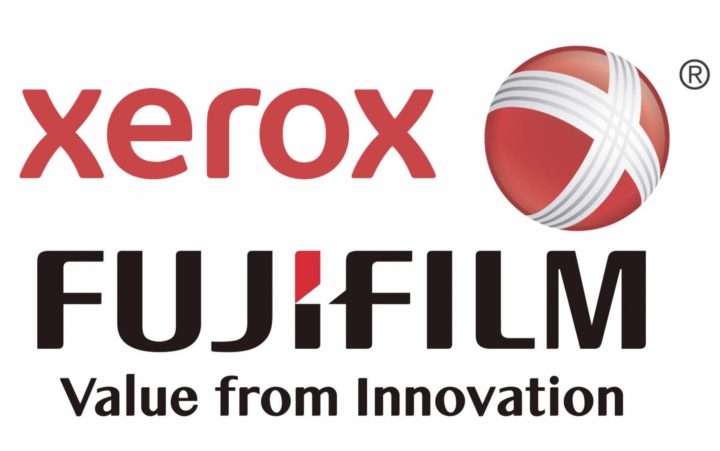Godox AD600Pro Witstro In Stock
After a long month of wait, the Godox AD600Pro Witstro is now in stock at BHphoto, AmazonUS and Adorama.
- Godox AD600 PRO Review, Part 1: First Impressions at fujirumors.com
After a long month of wait, the Godox AD600Pro Witstro is now in stock at BHphoto, AmazonUS and Adorama.

Rarely the development of a new sensor technology has been officially announced so often like the one of the organic sensor.
It started back in 2013 with Panasonic/Fujifilm. Official statements about its development continued to be published ever since by both, Fujifilm and Panasonic (full list at the very bottom of this article).
And now comes the next official press release. This time Panasonic says that “it has developed” an organic sensor with the following main characteristics:
You will find a more detailed description in the full press release below.
In the press release, Panasonic writes:
“we will utilize this OPF CMOS image sensor technology in various applications such as broadcasting cameras, surveillance cameras, industrial inspection cameras, automotive cameras, etc., and will contribute to realize high resolution, high speed and high precision imaging and sensing functions.”
They do not explicitly mention “digital photocameras“, but 43rumors specualtes that this could already be the sensor of the Panasonic GH6, which will shoot 8K video.
We know that the organic sensor is interesting also for the photography industry, since a Fujifilm managers said in 2016 here:
“We don’t have any specific plans of incorporating an organic sensor into our products at the moment, but yes we are observing the progress of this technology. As of today, there would be No benefits to using an organic sensor. Our X-Trans III sensor is superior to the currently available organic sensor.”
At this stage, I’m not sure if Panasonic and Fujifilm are still developing this sensor together. The original press-release of their organic sensor partnership has been taken down.
However, Fujifilm is still investing R&D into the organic sensor, as we could read from their press-release back in February 2017, where they announced the development of world’s fastest organic CMOS circuit for multi-bit flexible temperature sensor.
Don’t get me wrong, Sony makes the best sensors, so Fujifilm should buy them from Sony (as they do now), but we definitely need more competition in a market dominated by Sony (especially since Sony bought Toshiba sensor business, who made Fuji’s 2/3 sensors).
TowerJazz, Samsung, and maybe soon the organic sensor by Panasonic and Fujifilm, are all welcome alternatives.
Currently, Sony can set the sensor price almost to their pleasure. With more competition, they will have to lower the price in order to keep their customers.
And of course, the best solution would be if Fujifilm (maybe together with Panasonic) can finally manufacture their own (organic) sensors, which on paper has impressive specs and would definitely be a game changer in the industry.
Of course, Sony is working on its own organic sensor, too, as a FR-reader reminded us in the comments. But I think it would be better for Fujifilm / Panasonic to have their own sensor.
With all that said, here is the Panasonic press release.
Panasonic Develops Industry’s-First*1 8K High-Resolution, High-Performance Global Shutter Technology using Organic-Photoconductive-Film CMOS Image Sensor
The new technology enables 8K high resolution and high picture quality imaging without motion distortion, even in extremely bright scenes.

Just two weeks ago it seemed to be a done deal: Fujifilm buys 50.1% of Xerox and gains control over the company.
But maybe the last word has not yet been spoken.
In fact, Xerox’s Nr.3 shareholder Darwin Deason sued the company trying to block the takeover, calling the deal “a one-sided transaction that leaves Xerox investors virtually powerless. […] He claims the agreement is the result of fraud and that directors breached their fiduciary duties.”
Also Xerox’s second-biggest investor, Carl Icahn, agrees that the deal “dramatically undervalues” Xerox.
As a consequence, Xerox shares fell 2.1 percent this morning.
via bloomberg
Shareholder blocks Xerox-Fuji deal, sues for fraud from CNBC.
After Adorama and AmazonUS, now finally also BHphoto has the Godox XProF trigger for Fujifilm in stock
Godox XPro-F: BHphoto, Adorama, AmazonUS
Godox X1T-F controller: BHphoto, Adorama, AmazonUS
Godox TT350F: Adorama, AmazonUS
Godox TT685F: BHphoto, Adorama, AmazonUS
Godox V860IIF: BHphoto, Adorama, AmazonUS
Godox AD200: BHphoto, Adorama, AmazonUS

Lightroom has never been fast, especially not with X-Trans files. However, Adobe is working to make it faster and we reported already back in January 31, that the upcoming version of Lightroom CC will be 80% faster when it comes to import Fujifilm X-Trans files, as tested by dpreview.
Now Lightroom Classic CC 7.2 has been released, and it promises to be faster than ever before:
“Experience faster Lightroom Classic performance on machines with 12 GB of RAM or more, when you import and export photos, move between photos in Loupe view, or create HDR images and panoramas.”
It also adds Fujifilm X-A20 and X-A5 support.
Check out more details at blogs.adobe